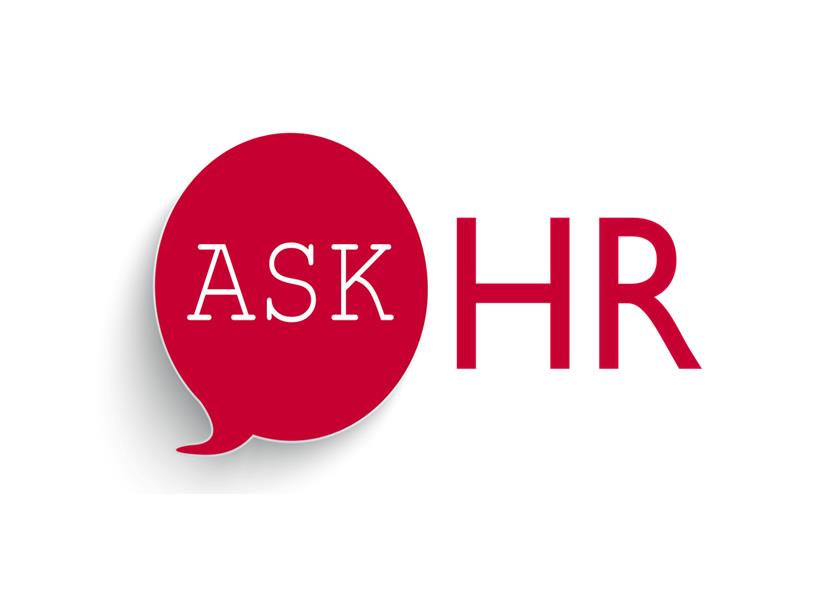
Dear HR, Last night I had an incident with one of our employees physically grabbing some dishes out of another employee’s hand, reprimanding them, and essentially, ordering that employee around in a rude, derogatory manner. This incident was witnessed by one of our managers. I notified the bossy/grabby employee to that let them know that treating this coworker was not allowable behavior. But I want to do more. Can you give me some advice about how, going forward, to prevent this kind of incident?
HR Answer. Bullying in the workplace is not a new phenomenon. Kudos to you that your company addressed this incident immediately. While Workplace bullying is not specifically illegal in some states, such as Oregon or California, it can lead to lawsuits based on discrimination or based on a hostile work environment situation. Oregon, California and federal laws protect workers who are harassed and discriminated against because of their race, national origin, gender, veteran status or other protected class status.
Besides the direct impact on the person who is bullied, it also has an impact on those who are witnesses to bullying in the workplace. Bullying, aggression and a concerted effort to undermine an employee creates a negative work environment. Fears of facing a similar fate create stress and a sense of helplessness among other employees which leads to low workplace morale, drops in productivity and ultimately high staff turnover.
Check to see if your company handbook has a code of conduct that specifically addresses intimidation or harassment at work – and includes definitions of these acts. Your handbook should have a workplace code of conduct that specifically prohibits bullying behavior and identifies consequences for employees who engage in bullying. Your company needs to clarify the protocol for how an employee can make a complaint if needed – including complaints about supervisors, providing opportunities for confidential reporting and for mediated conflict resolution when needed. For management, it would be helpful to develop a template “Report” sheet that the employee or supervisor can fill out to document an incident.
Another best practice is to have an all-employee “Safety Meeting” that reviews the topic and the definitions of workplace bullying (this needs to be a mandatory attendance meeting—no exceptions—and must include supervisors/managers). It would also be helpful to identify various negative work situations or scenarios that are typical or specific to your industry that your employees could encounter.
There must be an awareness at all levels of the company’s organizational structure and evidence that show senior management’s commitment to stop bullying behavior on the job. Zero-tolerance policies can be established and enforced, but they will only be effective if actively promoted by senior management in the company. Holding bullies accountable for their behavior with disciplinary consequences must start at the top of any business including all supervisors and managers and become part of the company’s workplace policies. Cardinal can help you with developing these policies, amending your handbook to include these policies and help you implement an Anti-Bullying or Harassment Safety meeting.
